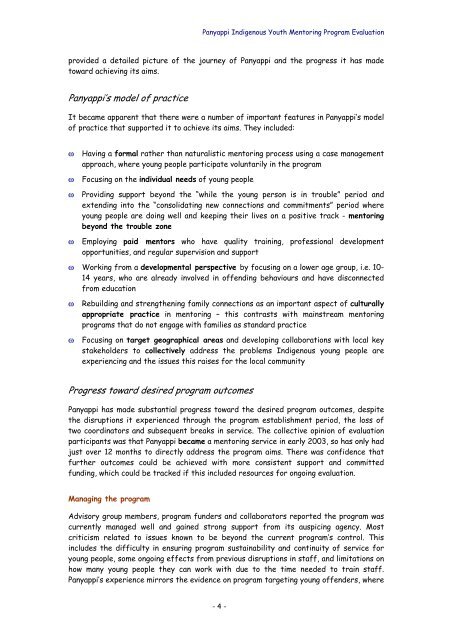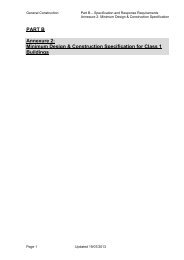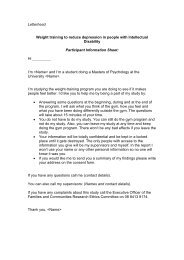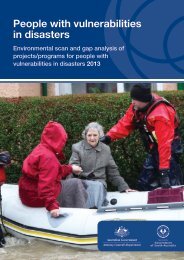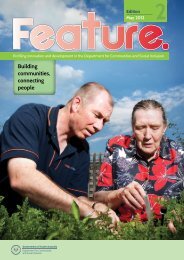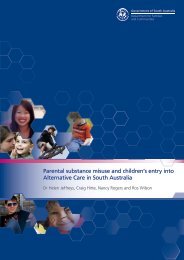Panyappi Indigenous Youth Mentoring Program Evaluation
Panyappi Indigenous Youth Mentoring Program Evaluation
Panyappi Indigenous Youth Mentoring Program Evaluation
You also want an ePaper? Increase the reach of your titles
YUMPU automatically turns print PDFs into web optimized ePapers that Google loves.
<strong>Panyappi</strong> <strong>Indigenous</strong> <strong>Youth</strong> <strong>Mentoring</strong> <strong>Program</strong> <strong>Evaluation</strong><br />
provided a detailed picture of the journey of <strong>Panyappi</strong> and the progress it has made<br />
toward achieving its aims.<br />
<strong>Panyappi</strong>’s model of practice<br />
It became apparent that there were a number of important features in <strong>Panyappi</strong>’s model<br />
of practice that supported it to achieve its aims. They included:<br />
ω<br />
ω<br />
ω<br />
ω<br />
ω<br />
ω<br />
ω<br />
Having a formal rather than naturalistic mentoring process using a case management<br />
approach, where young people participate voluntarily in the program<br />
Focusing on the individual needs of young people<br />
Providing support beyond the “while the young person is in trouble” period and<br />
extending into the “consolidating new connections and commitments” period where<br />
young people are doing well and keeping their lives on a positive track - mentoring<br />
beyond the trouble zone<br />
Employing paid mentors who have quality training, professional development<br />
opportunities, and regular supervision and support<br />
Working from a developmental perspective by focusing on a lower age group, i.e. 10-<br />
14 years, who are already involved in offending behaviours and have disconnected<br />
from education<br />
Rebuilding and strengthening family connections as an important aspect of culturally<br />
appropriate practice in mentoring – this contrasts with mainstream mentoring<br />
programs that do not engage with families as standard practice<br />
Focusing on target geographical areas and developing collaborations with local key<br />
stakeholders to collectively address the problems <strong>Indigenous</strong> young people are<br />
experiencing and the issues this raises for the local community<br />
Progress toward desired program outcomes<br />
<strong>Panyappi</strong> has made substantial progress toward the desired program outcomes, despite<br />
the disruptions it experienced through the program establishment period, the loss of<br />
two coordinators and subsequent breaks in service. The collective opinion of evaluation<br />
participants was that <strong>Panyappi</strong> became a mentoring service in early 2003, so has only had<br />
just over 12 months to directly address the program aims. There was confidence that<br />
further outcomes could be achieved with more consistent support and committed<br />
funding, which could be tracked if this included resources for ongoing evaluation.<br />
Managing the program<br />
Advisory group members, program funders and collaborators reported the program was<br />
currently managed well and gained strong support from its auspicing agency. Most<br />
criticism related to issues known to be beyond the current program’s control. This<br />
includes the difficulty in ensuring program sustainability and continuity of service for<br />
young people, some ongoing effects from previous disruptions in staff, and limitations on<br />
how many young people they can work with due to the time needed to train staff.<br />
<strong>Panyappi</strong>’s experience mirrors the evidence on program targeting young offenders, where<br />
- 4 -


